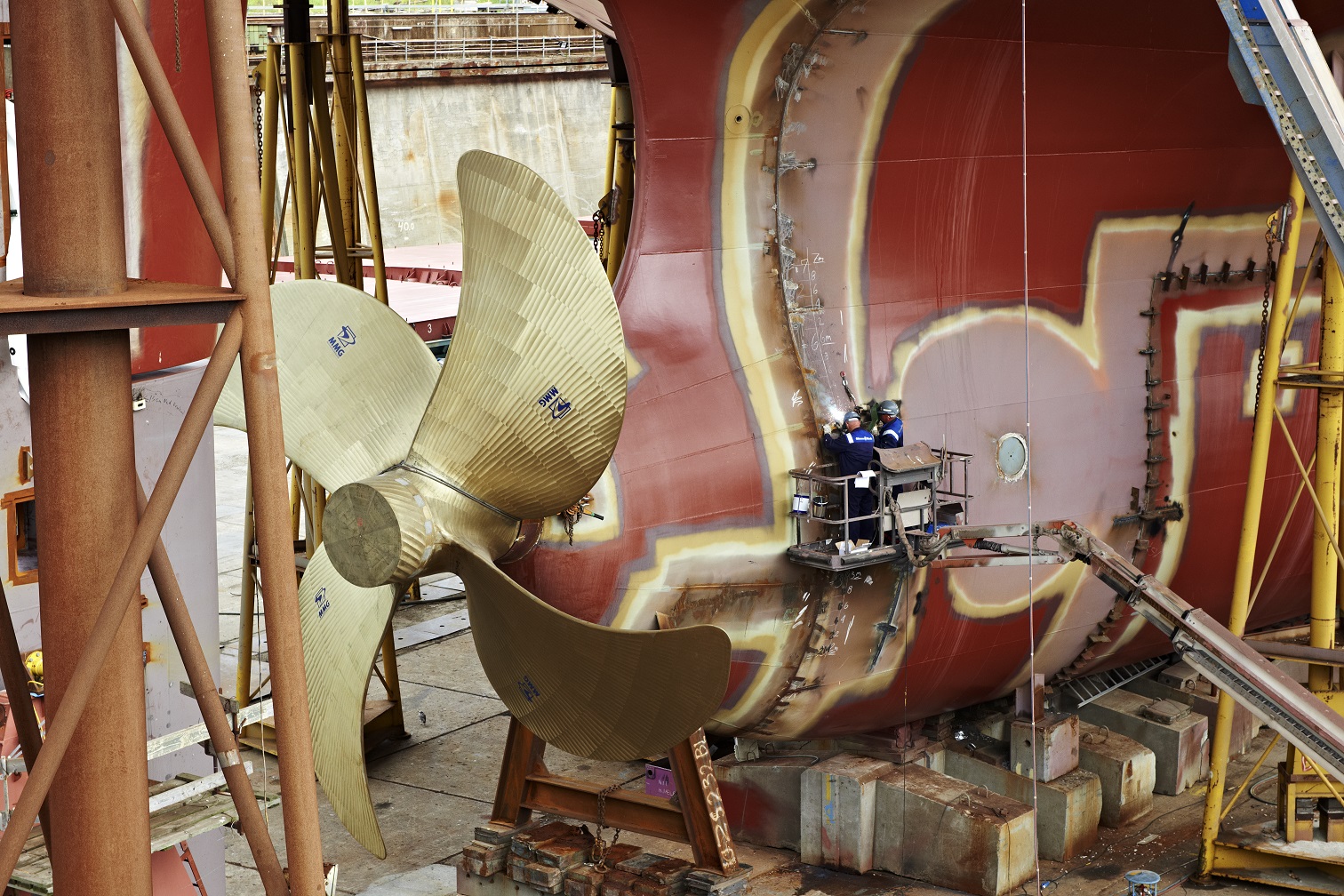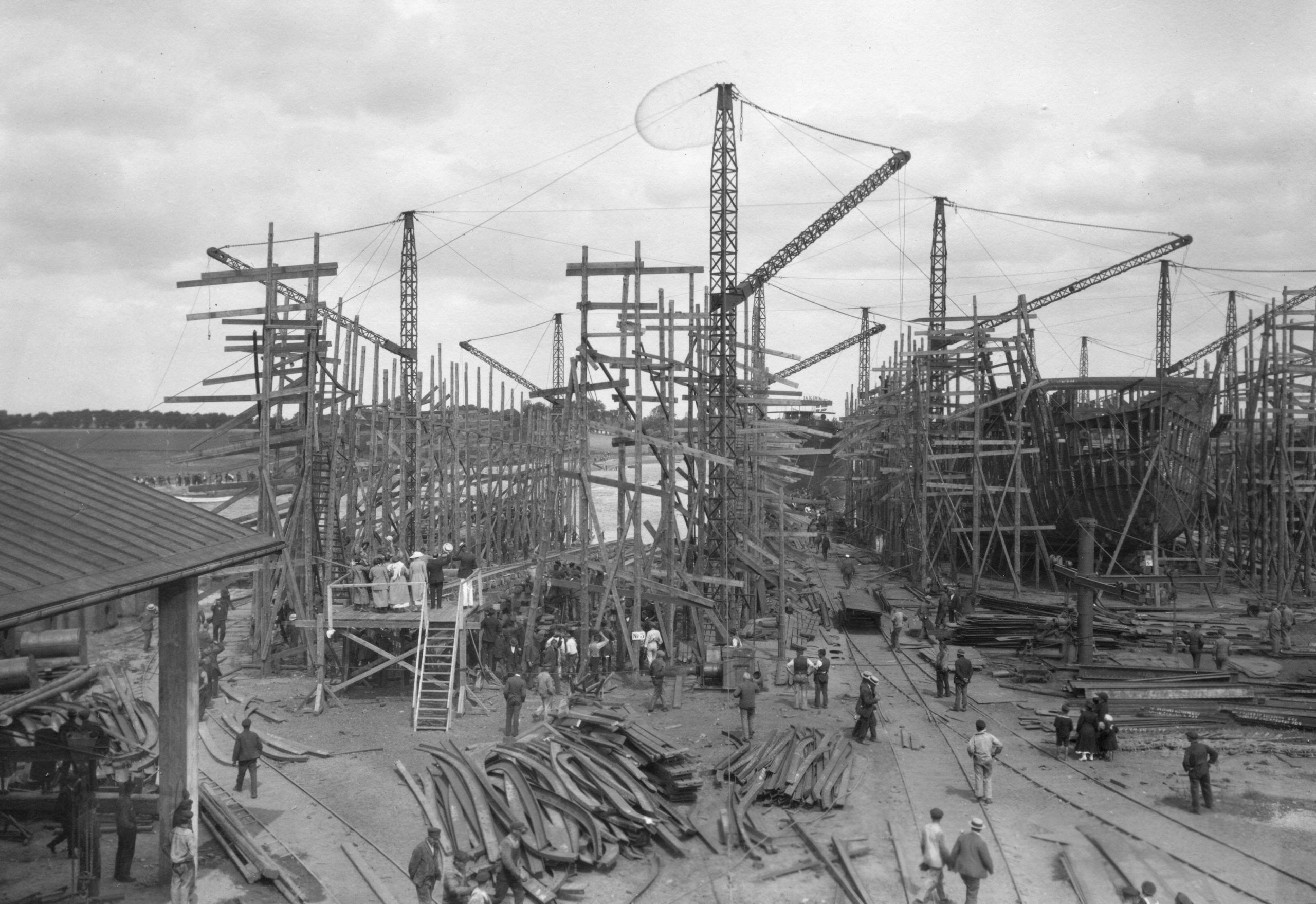
The Odense Steel Shipyard was established in 1918. Situated at first at the Odense Canal, it subsequently moved in 1959 to an area by Odense Fjord where a new steel shipyard – The Lindø Yard – associated with a newly constructed town, was established. Over a number of years, the shipyard has built the world’s largest container ships. In 2009, A.P. Møller–Mærsk decided to close the yard. This marked the end of an era – not just locally, but also nationally. Shipyards such as Odense Steel Shipyard – Lindø were among the country’s largest industrial workplaces for most of the 20th century. The yard’s history thus tells an important story about the Danish ship building industry and its relation to the surrounding society.
In 2012-16, Odense City Museums led a research project that studied the company and its effects on society from four different perspectives: a business history perspective on management and strategy, including the interaction between the yard and the Maersk shipping companies as the primary customer; a technological historical study of the of the yard’s facilities and ships; a look at working conditions and the importance of trade unions in the yard; and finally, an urban historical perspective on workers’ housing and associated urbanisation in Odense’s shipyard district and Munkebo.

Ship launching at Odense Shipyard in 1921
The project was financed by a large grant from the A.P. Møllerske Støttefond (A.P. Møllerske Support Fund).
A two volumed, Danish language publication, Odense Staalskibsværft (Odense Steel Shipyard) was released in 2016 by the University Press of Southern Denmark, where it can be bought direct from the website.
In English:
René Taudal Poulsen, Kristoffer Jensen, René Schrøder Christensen, and Liping Jiang, “Corporate Strategies and Global Competition: Odense Steel Shipyard, 1918–2012”, Business History Review 91 (Winter 2017): 707–734. doi:10.1017/S0007680517001386